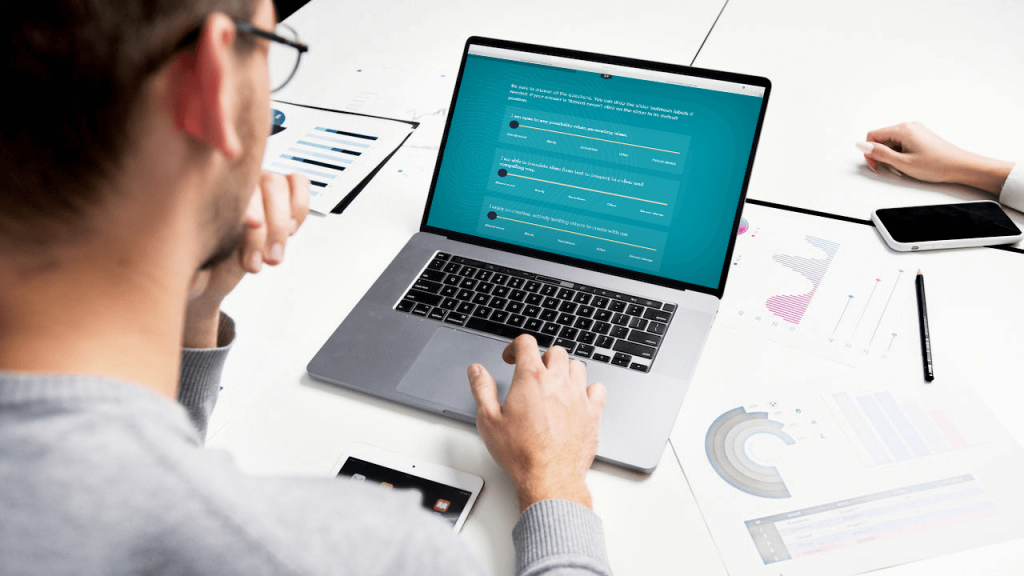Want to track the impact of design thinking? Try self-assessments
Design thinking is all about changing individual and collective behaviours so that you can get to the heart of what your customers want. And though the end results can be measured – sales, growth, profit etc. – the journey is much harder to track.
In the final post in our Designers can change the world – Conversations with Jeanne Liedtka series, we share what Jeanne said when I asked her:
How do you track the impact design thinking is making? How can organisations know that it’s making the difference they want to see?
Here’s what she said.
The value of design is undeniable but hard to prove
It’s hard to prove because so much of what’s actually happening is below the surface of the things we measure. You can’t count it.
It takes a lot of time and energy to measure these new things because the measures themselves are not the ones we’re used to in business. They’re behavioural measures, they’re not revenue, cost, etc.
If I didn’t have my students’ journals and I couldn’t watch what the teams do fairly closely, it’d be very difficult to detect what’s actually going on under the surface.
I think that’s why in ‘Experiencing Design – The Innovator’s Journey’ we felt so privileged because we had the chance to look inside people’s heads and teams for ten years’ worth of data, in which they talk every week about what stage they’re at and what’s happening to them. That has allowed us to observe what is almost impossible for someone in a business setting to see.
To track change, track behaviours
We created the MVCs (minimum viable competencies) because we were frustrated at the superficiality of a lot of the learning around design thinking that goes on. Because how do you know what difference it’s making?
At some level, if you get a really fabulous creative solution, maybe you know that something good must have happened to get you there. But for organisations that like to track progress, it’s not very satisfactory to have to wait months after something ends to see if it worked or not, and then if it didn’t work, you don’t know why.
So our fundamental belief has been that what you can track over time are individual behaviours.

Without self-awareness, people won’t change
We see lots of benefits of self assessment in students’ coursework because self assessment builds self-awareness.
If you say to someone: Let’s talk about how you deal with somebody that disagrees with you, how do you listen to them? Do you listen to them openly? When you get disconfirming data, do you look for reasons to reject it? Or do you deal with it with curiosity? It shifts the conversation in their head.
And so, I’m a believer that self-assessment is the foundation of the learning process, in that it begins to get students to think more deeply about their own behaviours. People don’t change without self awareness, and they don’t learn how to interact with other people who are different without it either.
It’s about making us better able to detect our own weaknesses and strengths, and then focus on what to change. We ask people at each stage in the process to pick one or two competencies and really focus on them. If you shine a light on something, it will get better.
Cultural shifts start with individuals
We use a personality indicator called the DISC in our work. It gives students a good read on basic personality types. It looks at things like: How important is it to me to have a lot of data before I act? How important is it for me to be right? How important is it to me that the group gets along?
Those kinds of devices to trigger introspection are really important. They initiate that personal shift that then, if it works, becomes a group shift and then, over time, can become a cultural shift in the organisation.
Interested in finding out how you and your team could become more effective innovators? The Innovation Impact Assessment measures your behaviours to help you understand where your strengths lie, and your greatest opportunities for growth. Find out more
